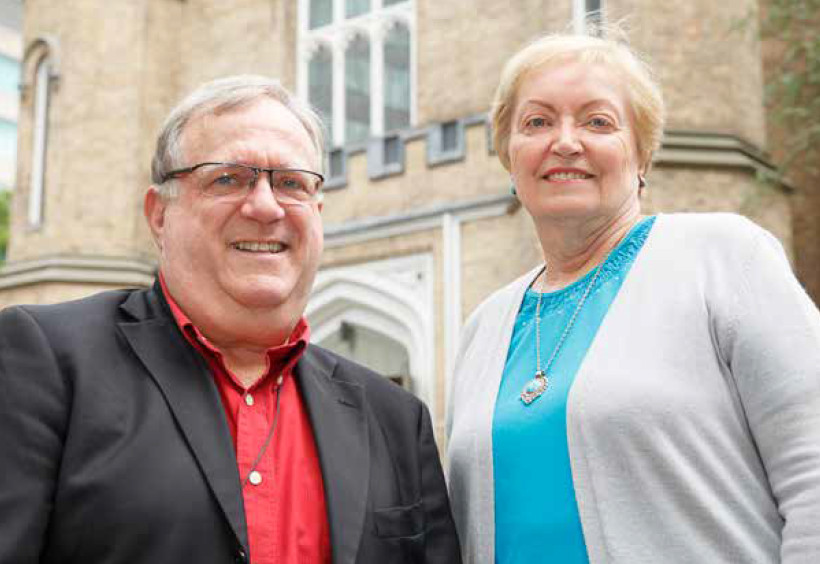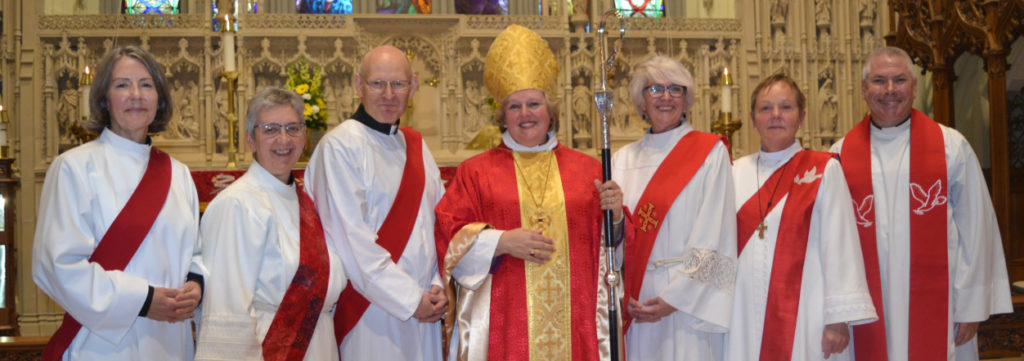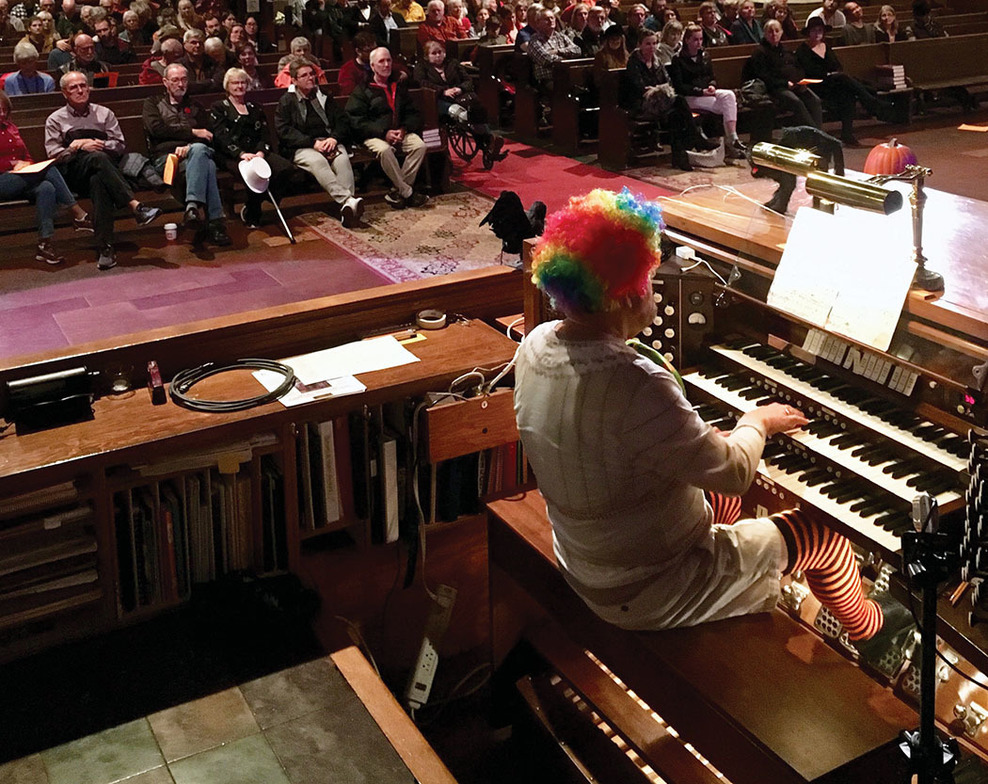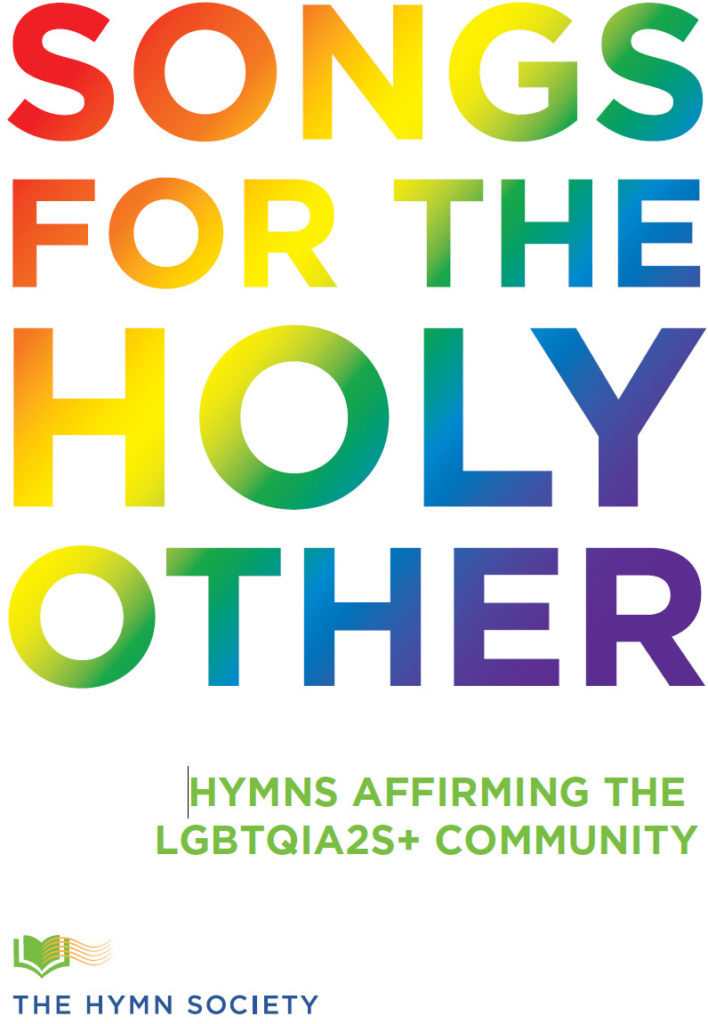Up until today, the last official statistics from the Anglican Church of Canada that I had seen were published 2001.
A new report has just been presented to the House of Bishops with statistics gathered from 2017.
A few highlights:
- The average Sunday attendance has dropped to 97,421.
- A previous report published in 2006 predicted the last Anglican would leave the church in 2061. That number is now 2040.
- The rate of decline is increasing.
- New programs adopted by the church have done nothing to reverse the decline.
- The Anglican Church of Canada is declining faster than any other Province other than TEC, which has an even greater rate of decline.
- The slowest decline is in the number of priests.
The entire report can be read here and the raw data is here.


Statistics report for House of Bishops
Rev Dr. Neil Elliot PhD
0) Précis
In 2018 General Synod was able to collect a complete and mostly reliable set of data for from the dioceses for the first time since 2001. The data is for the year 2017 and it shows that the decline observed in earlier data has continued. Projections from our data indicate that there will be no members, attenders or givers in the Anglican Church of Canada by approximately 2040.
This report presents the headline data and includes diocesan decline data based on the statistics from 2001 and 2017. The report goes on to look briefly at a few of the implications of the data. The report then suggests further work which needs to be done. The work identified here can be done without substantial additional resources. If there is hope in these numbers, it is the hope that some data gathering and analysis in the next few years will enable us to plan for the future and not react to it. Through paying attention to these statistics we may discern God’s call to our beloved church in these challenging times. We believe that this could be a critical part of the work of reviewing of the church’s mission and ministry which the Primate has identified.
1) Background – Statistical projections of ACC membership previous to the 2017 data
There have been previous reports to the House of Bishops which have been identified the extent of our decline, for example the McKerracher report in 2006. While McKerracher predicted the last Anglican would leave in 2061, the current evidence projects that the church will run out of members in around 2040. There is no sign of any stabilisation in our numbers; if anything the decline is increasing. Some had hoped that our decline had bottomed out, or that programs had been effective in reversing the trends. This is now demonstrably not the case. The decline will not be a surprise to many congregations who see this happening week by week, but what the data confirms is that this decline is happening consistently across the country from BC to Newfoundland. International comparisons suggest that the decline in the Anglican Church of Canada is faster than in any other Anglican church, although the 2018 data from the Episcopal church shows an even greater rate of decline on attendance than ours.
There are two main sources of data which show us the past trajectory:
- i) Historical ACC statistics from 1961-2001
1962-4 were apogee of Anglican Church of Canada membership
Membership Decline 1961-2001 = 50% in 40 years
BUT if you compare with overall Canadian population, it’s more alarming!
Membership 1961 = 1,358,459 members / 18 million Canadians = 7% of Canadians
2001 = 641,845 members / 31 million Canadians = 2% of Canadians
(2017 = 357,123 members /35 million Canadians = 1% of Canadians)
- ii) Circulation data of Anglican Journal give figures for more recent decline. AJ circulation statistics are available for diocesan and parish levels. They have been collected through a consistent methodology of parochial data collection with the intention of distributing the diocesan newspapers. The overall numbers are as follows:
June 1991 – 273,000 subscriber households
June 2015 – 135,500 subscriber households
Decline 1991-2015 = 50% in 25 years
Both i) and ii) project that we will run out of members in around 2040.
Like this:
Like Loading...



 Dr. Lydia Pedersen, a United Church member and a church musician for more than 50 years, is offering a workshop on hymn writing. Anyone can attend and no experience is necessary.
Dr. Lydia Pedersen, a United Church member and a church musician for more than 50 years, is offering a workshop on hymn writing. Anyone can attend and no experience is necessary.



 Halloween Organ Spooktacular
Halloween Organ Spooktacular

